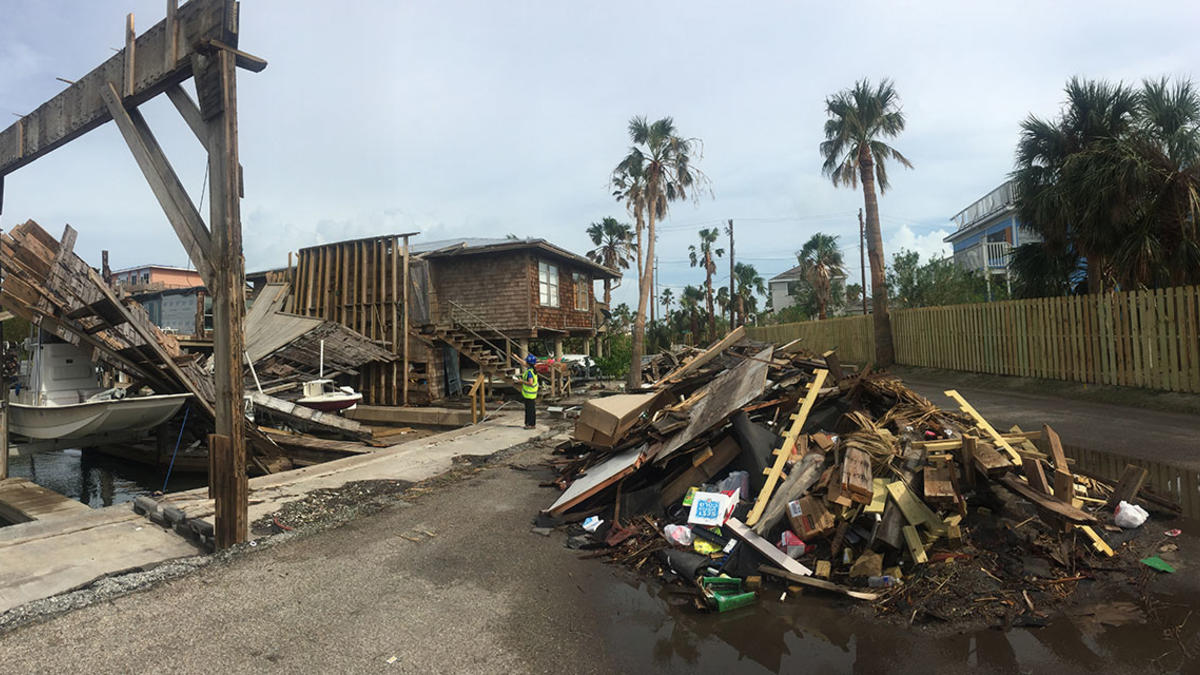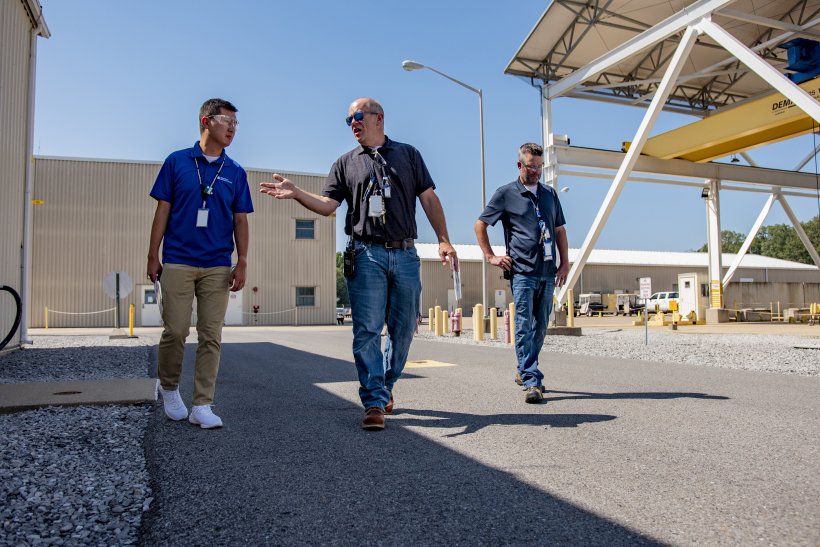By Kel Hahn
The afternoon before Michael hit, I sat down with Mariantonieta Gutierrez Soto, assistant professor of civil engineering at the University of Kentucky and director of the Multidisciplinary Smart Structures Knowledge Research Lab, which she created upon arriving in 2017. At the time of our interview—planned well in advance—Hurricane Michael had gone from an uninteresting tropical depression to a rapidly intensifying Category 2 hurricane 350 miles from the Florida panhandle in the span of two days.
The timing was fortuitous, as there was no guarantee Gutierrez Soto would be available once Michael made landfall. Immediately after Hurricane Harvey devastated significant portions of southeast Texas in late August 2017, she hurried south to collect data and get a firsthand look at the aftermath. “When we’re talking about the impacts of hurricane winds upon houses, that’s something we can't easily study in the lab,” she quipped.
Further, Gutierrez Soto knew the area, having played Division I women’s tennis at Lamar University in Beaumont, Texas, as an undergraduate. After graduation, she earned masters and doctoral degrees in civil engineering from The Ohio State University, and joined UK’s Department of Civil Engineering faculty in August 2017. A month later, she was touring Harvey’s decimation, trying to understand while some structures emerge unscathed and others—sometimes on the same street!—are annihilated.
How do you describe your area of research to non-specialists?
We’re trying to find ways to protect civil structures from natural disasters and help them recover as fast as possible. It’s all about preparing for the natural disaster, learning what's happening during the natural disaster and asking how can we recover faster? We do this through smart technology and finding better ways to integrate some of the advances in engineering so that structures like buildings, bridges, communication towers, etc., can be more resilient.
How do smart buildings actually work in this context?
Usually when we hear “smart buildings,” we think about conserving energy. But we want to morph the structure so that in a natural disaster, it's actually moving in real time and adapting to changes in the environment. What often happens is that the skeletal structure—the columns and the floors—do well, but the windows shatter and then water ruins what is inside. So we look for ways to make the building responsive—make it think—so that it’s adapting to the changes instead of taking a beating. Just like you and I have senses--eyes and hands and a brain making decisions and a body that responds--we can do the same things for buildings and bridges by providing sensing, actuation and control systems.
What are some innovative ways engineers can improve building design to better withstand natural disasters?
One area our lab explores is called biomimicry, which draws inspiration from nature. How can we mimic what we observe in nature and use our resources to develop creative solutions? We’ve looked at schools of fish to better understand how to study the shielding effect caused by the spacing between houses. We’ve also looked at crocodiles and a variety of aquatic life, including shark skin, to see how their skin might inspire 3D printed roofing systems. That allows for a lot of flexibility.
Also, origami-inspired designs allow you to model a lot of shapes so you can create a lot of interesting figures. You can make structures more aerodynamic and movable so they can work under normal operating conditions, but also in extreme events.
What did you learn from visiting damage sites from Hurricane Harvey?
One of the things we have learned about natural disasters in coastal communities is that residential building structures that were not upgraded to current structural code specifications suffer the most damage. Unfortunately, areas like Florida have an estimate of about 80% of the residential buildings that are not up to code. It’s not that engineering solutions aren’t available, but they aren’t being adopted.
Why aren’t they up to code?
Well, many of the houses were built before the new codes were put in place and the structures haven’t been retrofitted.
Is there anything that can be done about that?
There are solutions available, but they are not being adopted. We want to make sure that whatever innovation we develop can be integrated with practitioners and society. So as a multidisciplinary lab, we’re partnering with the social sciences to better understand the interconnections between public policy, insurance companies, FEMA and nonprofit organizations, and how all these different stakeholders participate in recovery efforts and making communities more resilient.
Is there anything else you would like readers to know?
I am always looking for students who are interested in working in my lab!
You can learn more about Mariantonieta Gutierrez Soto’s lab, including how to contact her about research opportunities, here.



